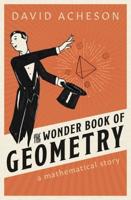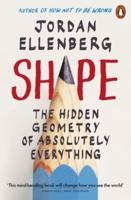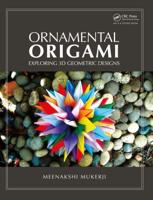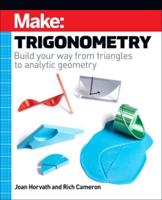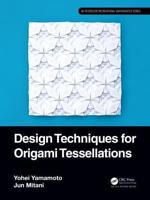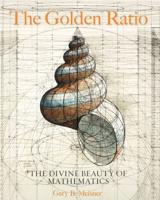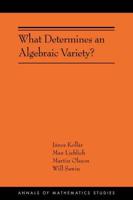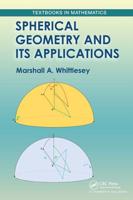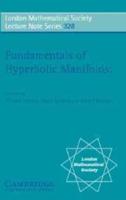Publisher's Synopsis
Excerpt from The Thirteen Books of Euclid's Elements, Vol. 2: Books III-IX
Many editors have held that this should not have been included among definitions. Some, e.g. Tartaglia, would call it a postulate; others, e.g. Borelli and Playfair, would call it an axiom; others again, as Billingsley and Clavius, while admitting it as a definition, add explanations based on the mode of constructing a circle; Simson and P?eiderer hold that it is a t/zeorem. I think however that Euclid would have maintained that it is a definition in the proper sense of the term and certainly it satisfies Aristotle's requirement that a definitional statement (optonxbs Aéyos) should not only state the fact (76 511) but should indicate the cause as well (de anima 11. 2, 413 a The equality of circles with equal radii can of course be proved by superposition, but, as we have seen, Euclid avoided this method wherever he could, and there is nothing technically wrong in saying By equal circles I mean circles with equal radii. No ?aw is thereby introduced into the system of the Elements; for the definition could only be objected to if it could be proved that the equality predicated of the two circles in the definition was not the same thing as the equality predicated of other equal figures in the Elements on the basis of the congruence-axiom, and, needless to say, this cannot be proved because it is not true. The existence of equal circles (in the sense of the definition) follows from the existence of equal straight lines and 1. Post. 3.
About the Publisher
Forgotten Books publishes hundreds of thousands of rare and classic books. Find more at www.forgottenbooks.com
This book is a reproduction of an important historical work. Forgotten Books uses state-of-the-art technology to digitally reconstruct the work, preserving the original format whilst repairing imperfections present in the aged copy. In rare cases, an imperfection in the original, such as a blemish or missing page, may be replicated in our edition. We do, however, repair the vast majority of imperfections successfully; any imperfections that remain are intentionally left to preserve the state of such historical works.



